TIME's Kid of the Year and Colorado 4-H’er set to inspire young innovators at free Loveland event

60 Years Celebrating Seeds of Innovation
Where: The Forge Campus, 815 14th St SW, Loveland, CO 80537
When: Saturday, Oct. 8, 9 a.m. to 1 p.m.
This Saturday at 10 a.m., Gitanjali Rao, a Colorado 4-H’er who was named TIME’s Kid of the Year in 2020, will be speaking at “60 Years Celebrating Seeds of Innovation” at the Forge Campus located at 815 14th St SW, in Loveland. This public event is free and Gov. Jared Polis is scheduled to deliver remarks on innovation in Northern Colorado.
Rao has made it part of her mission to expand youth engagement with innovation, authoring “A Young Innovators Guide to STEM” and tackling misconceptions around who can be an innovator and what it takes to find success.
“4-H does an incredible job really backing up any kid’s passion for science and technology.”
– Gitanjali Rao, innovator, changemaker, author, STEM promoter
In 2017, when Rao was 11-years-old, she won the Discovery Education 3M Young Scientist Challenge for developing a device called “Tethys” that can sense lead in water using carbon nanotubes. Rao was inspired to make a positive impact after seeing the devastating impact of the water crisis in Flint, Michigan that exposed tens of thousands of people to dangerous levels of lead. Rao has also been featured on Forbes’ 30 Under 30 list for her community service work.
“Don’t be afraid to fail and don’t be afraid to ask questions. Otherwise, your biggest enemy is yourself.”
– Gitanjali Rao
The Impact of 4-H
Rao, now 16, has spent almost a decade participating in 4-H and credits much of her accomplishments to what she’s learned through the program.
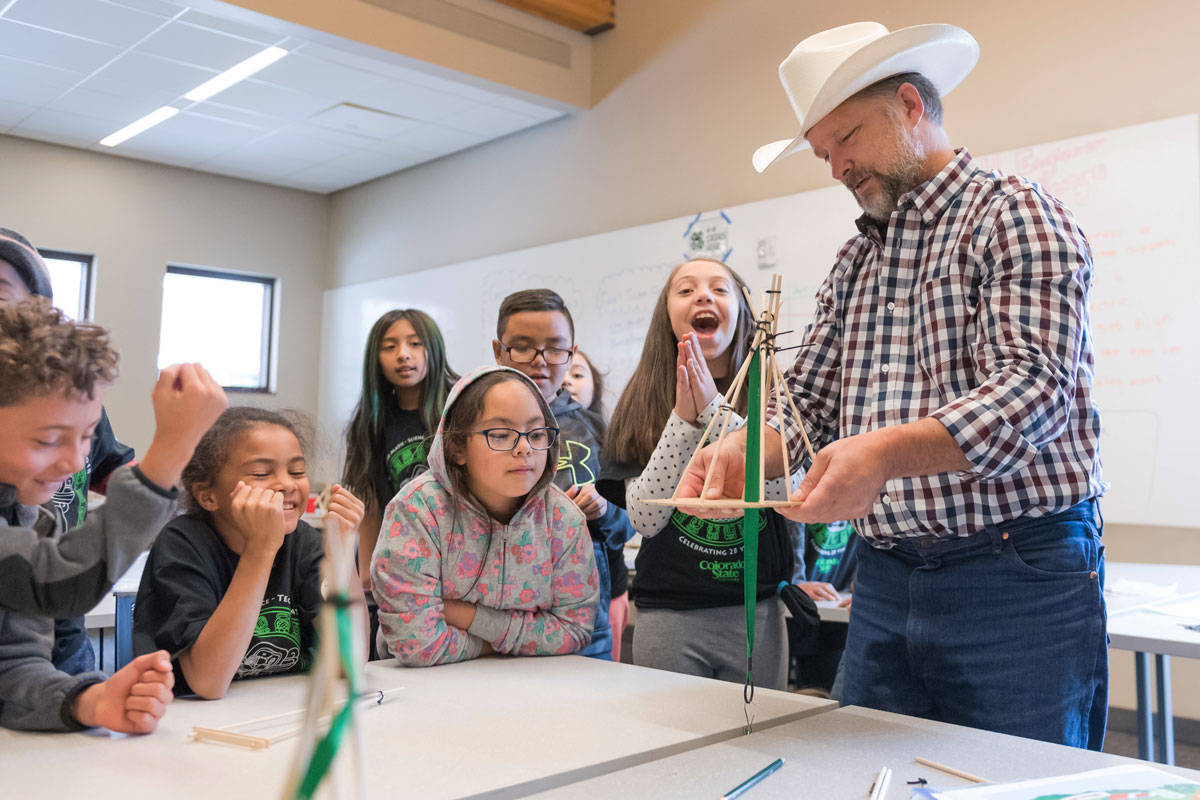
115,000+
Youth are reached annually through Colorado 4-H
“4-H has single-handedly raised the way in which I do things,” said Rao. “When you hand me a bunch of projects and say, ‘You can do any of this,’ my eyes just light up because you can really carve you own path.”
“I would love for every kid to have the opportunity to do something like that, to go outside of their comfort zone, try something new and know that they’re supported,” Rao said.
In Colorado, 4-H reaches over 115,000 youth annually, helping them build valuable life skills to succeed in college and careers, while nurturing their curiosity, generosity and sense of community.
“We believe that every young person has valuable strengths and the real ability to improve the world around us,” said Jean Glowacki, State 4-H Youth Development Director with CSU Extension. “We’re committed to helping everyone who takes part in 4-H realize their potential and become a confident, independent, resilient, and compassionate leader.”

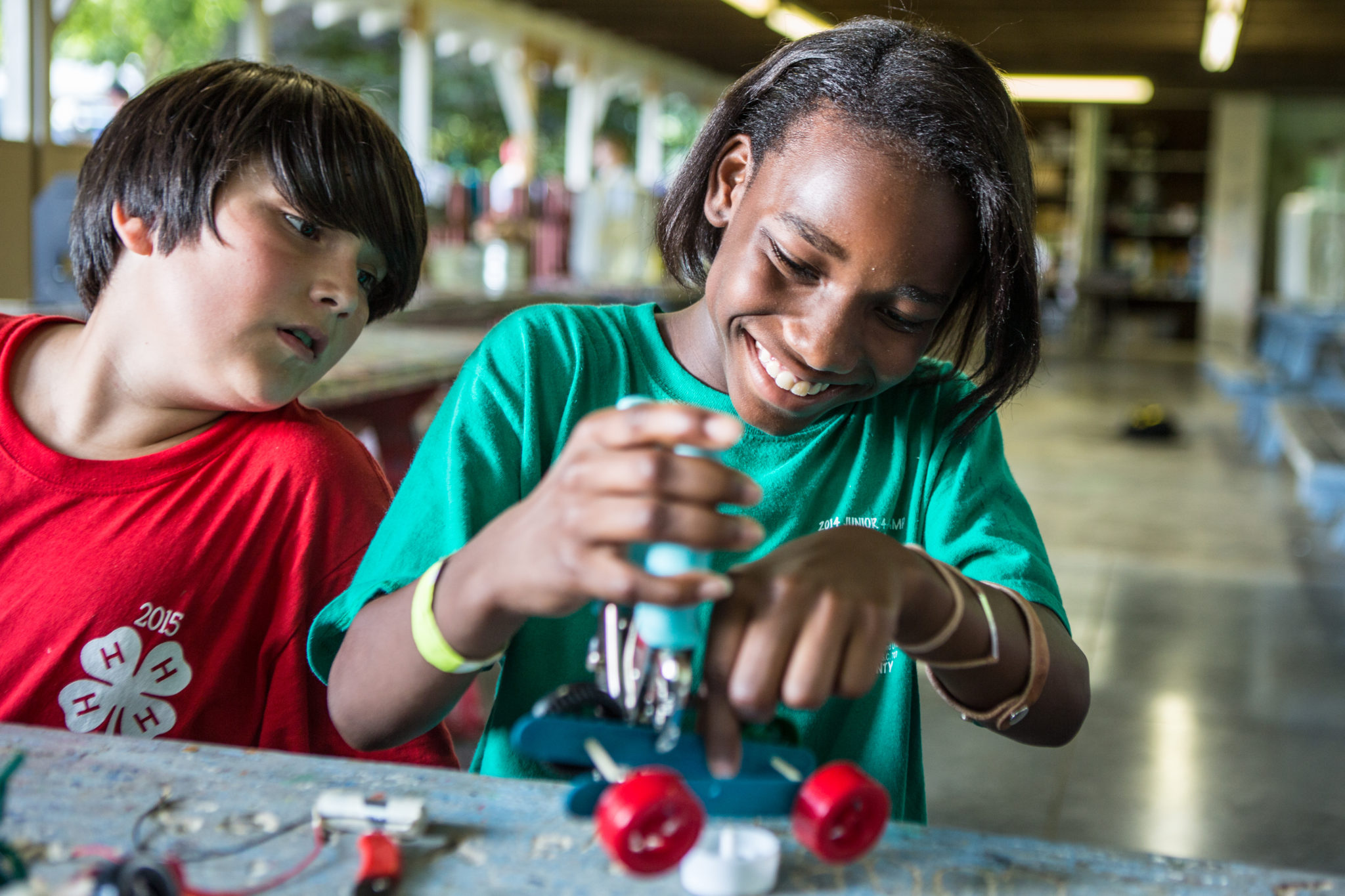
To support the unique interests of students across the state, Colorado 4-H offers a broad spectrum of science, technology, engineering and math (STEM) learning activities provided through community clubs, after-school and school enrichment programs, camps, and STEM mobile labs, one of which will be at the Loveland event on Saturday.
4-H STEM programming help expose students to career pathways in computer science, engineering and design, rocketry, robotics and energy production and conservation. There are also many activities that build learners’ knowledge of computer engineering, woodcraft, metal work and a broad range of environmental sciences and natural resources topics.
What’s next for Rao
Rao, now 16, has pursued her passions as an innovator, changemaker, author and STEM promotor.
Working with industry partners, she is currently looking looking for a mass manufacturer to help launch a Tethys pilot program in Flint, Michigan.

“My advice to other kids who want to save the world is ‘Do not be afraid to try.’ I failed four or five times, but I got back into the lab and did it again and then it was like the ‘Aha’ moment when everything started coming together.”
– Gitanjali Rao
“I want to create something that is easy to use, accurate and cost effective, and I want to create a free at home testing kit that I can distribute to water facilities and then have them distribute to people,” Rao said.
“I think the biggest thing we’re lacking is people being aware of what’s in what they’re drinking,” she said. “And as soon as we make that more transparent and give them the option to test their water, and for free, that makes it even better because clean water should be a basic right for everyone to have.”
In addition to Tethys, Rao has also pursued other innovations, including Epione, an AI-powered medical device that helps diagnose opioid addiction at an early stage, and Kindly, a digital platform that aims to end cyberbullying and make children feel safer, which is being developed as an open-source tool by UNICEF.
“Remember, truly, if you are interested in making a difference in the world, there are no deadlines. As long as you are working towards making a difference, you are,” she said in a recent interview with the U.S. Patent and Trademark Office.
Q&A with Rao
“In my book I really split up this concept of inventing and innovating, where inventing is building something from scratch and innovating is building upon what is already existed. Both of them are completely functional ways to come up with ideas. It’s okay to use existing tools out there because all you’re doing is building upon really cool technology that somebody’s already done for you.”
“My definition of innovation is building and creating something using existing technology to impact the community and I think that impact and empathy should be the driving force of what innovation really is.”
“I think it’s a sense of ingenuity and a lack of having a box around a kids head at any given point in time. Kids aren’t afraid to blurt out ideas that may not work, while adults can be so restricted due to their past experiences that they throw a box around their head before they’re even able to come up with one idea that may not even work. They expect perfection at any given point in time.
I think a lot of students have realized that, you know, it’s okay to mess up and it’s okay to make those mistakes and it’s almost a lack of experience that helps a lot with bringing in a new perspective, a diverse perspective, and creative approaches toward solving the bigger problems that we’re seeing out there.”
“It’s not just influencing kids to realize that, ‘Hey, it’s okay to come up with solutions to problems people might consider adult problems,’ but even beyond that, I think it’s important to influence organizations to say, ‘Hey, it’s okay to accept other kids’ ideas.'”
“Everyone comes from a sense of just sticking to what we know is normal and I think once we flip the script on that it will allow for a lot of opportunity.”
“Personally, teamwork has never been my strong suit, but that individualistic approach only lasts for a little bit and I learned that the hard way as well, wanting to do everything by myself.”
“But, you have to realize that you have to talk to people, regardless of whether they’re your age or three times your age, and that’s a big part of who I am is because of people telling me it’s okay to not only ask for help but to receive more opportunity in that way and work with more people and see how our ideas can intertwine.”
In your book you write that the first step to innovation is to “go in with a positive mindset, understand your goals, remember the big picture, and know why you are here.” In the face of daunting problems, how do you maintain positivity?
“Where that positivity came from for me was personally recognizing all these problems exist and then thinking about how how I could play a small role in solving them. I think a lot of students would also gain positivity as long as we don’t put a deadline on when innovation and creativity should occur.”
“As soon as it becomes a school assignment or becomes almost mandatory to try and solve a problem, for me, it turns into a worse experience. But, as soon as it turns into something that’s self-guided – something that you’re choosing to do, that you’re choosing to be passionate about – that’s where I get a lot of my positivity from. Like, ‘I’m doing this as a choice’ and it turns into almost a hobby, to come up with solutions to problems and play a small part in solving them.”
Photos of Rao’s research and outreach
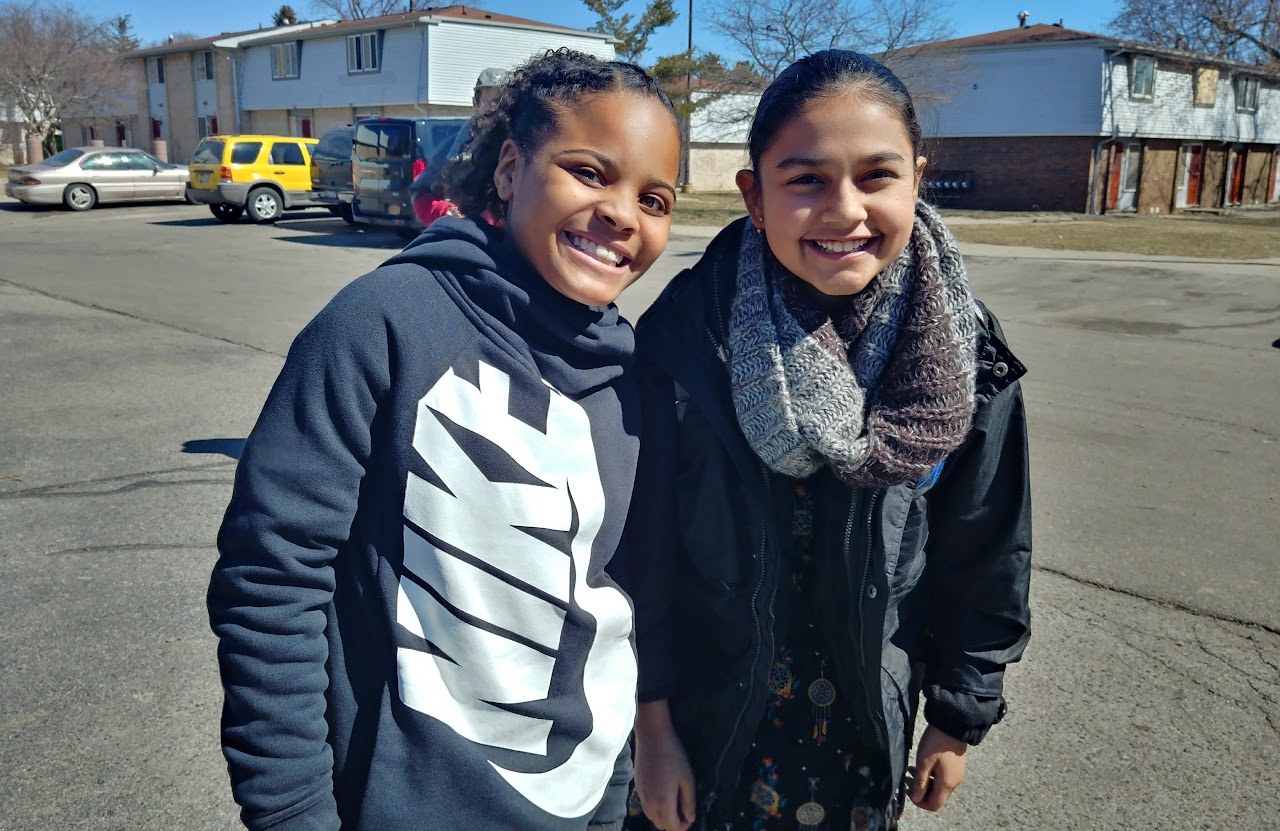
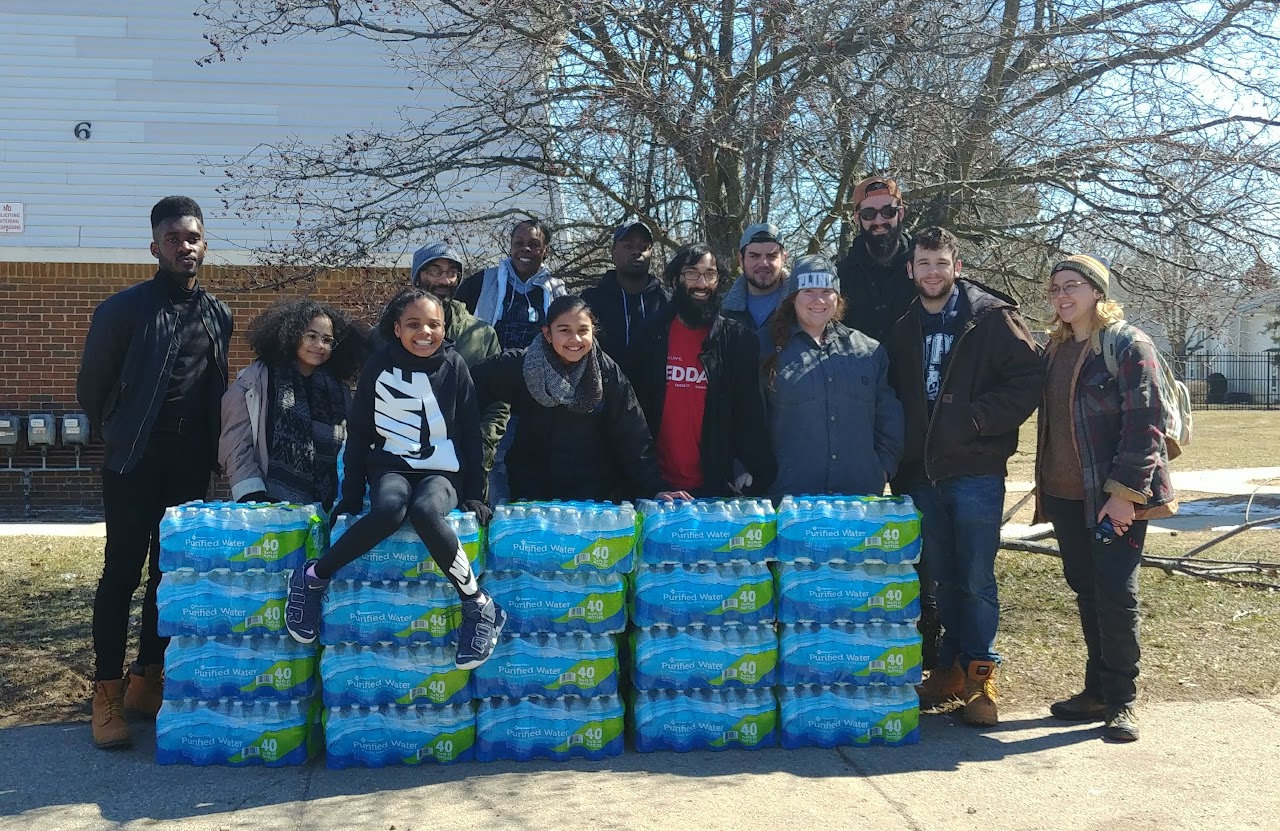


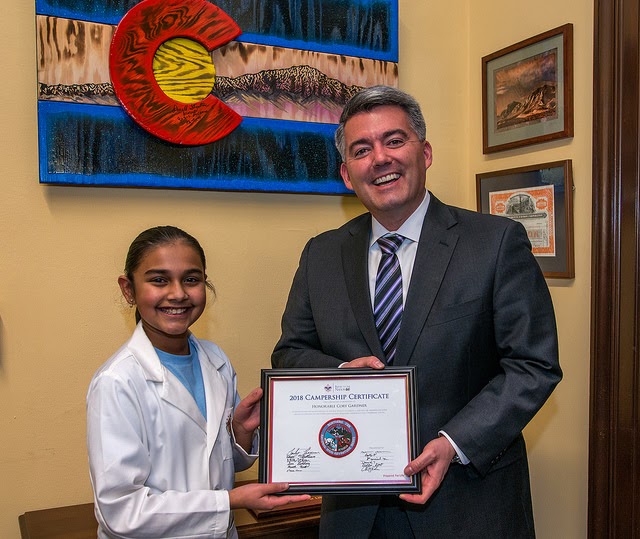

4-H programs are accessible to all. Visit colorado4h.org to learn more about the different 4-H projects and reach out to your local county Extension office to enroll.